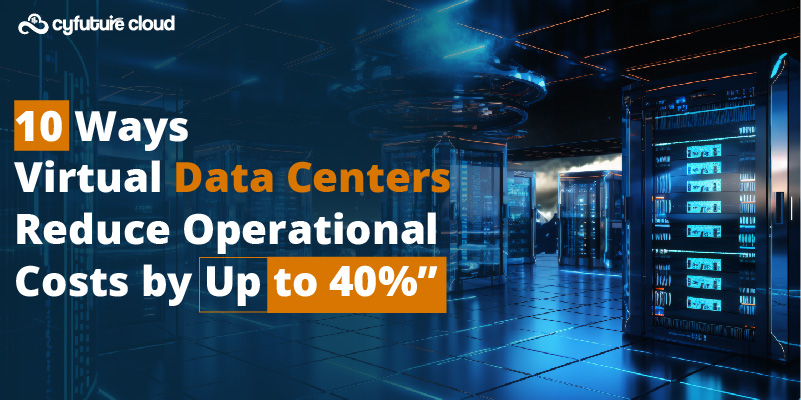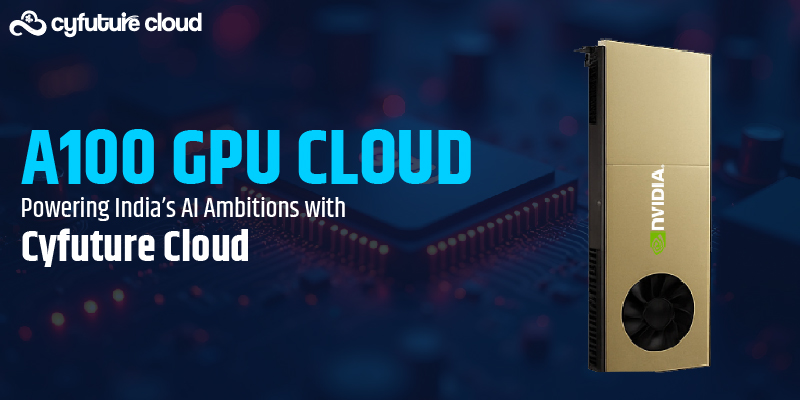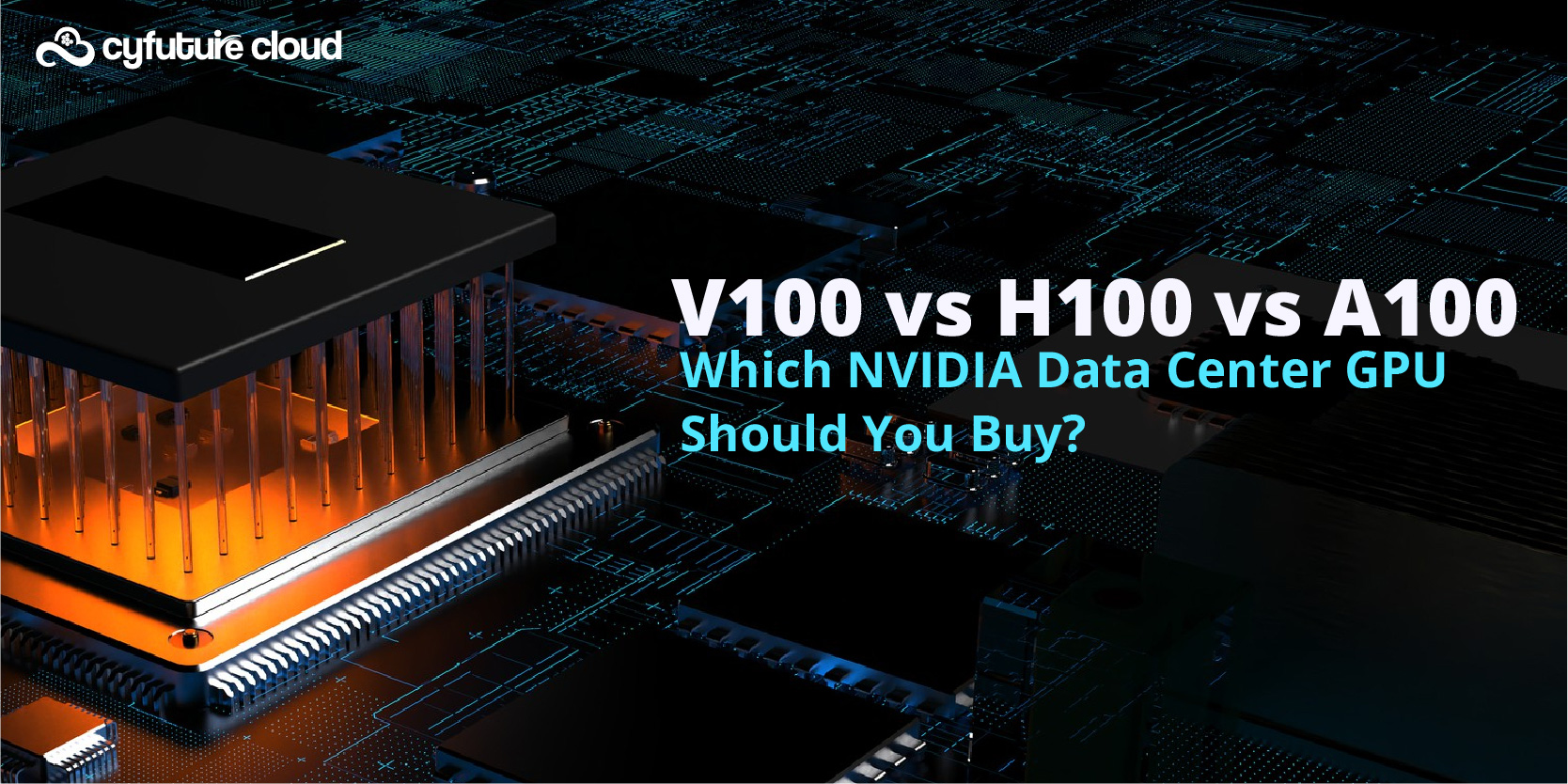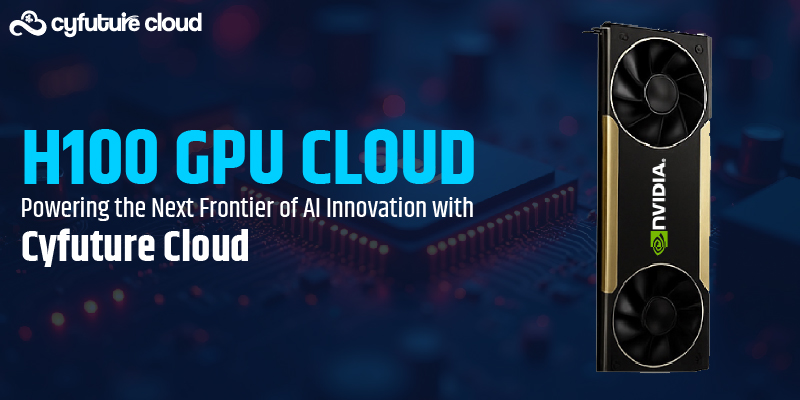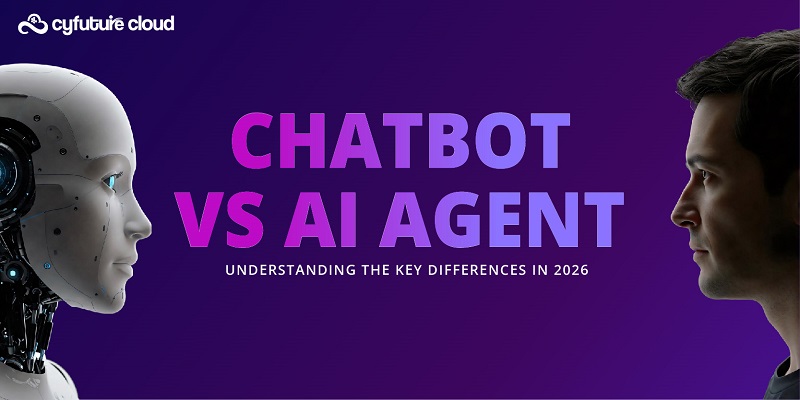Table of Contents
- What is an AI Model Library?
- Benefits of Using AI Model Libraries
- What is an AI Vector Database?
- Core Advantages of AI Vector Databases
- How AI Model Libraries and AI Vector Databases Work Together
- Business Use Cases Across Industries
- Why Choose Cyfuture Cloud for AI Infrastructure?
- Getting Started with AI on Cyfuture Cloud
- Future Trends: AI Models and Vectors at the Core of Web3 and Metaverse
- Final Thoughts
In the fast-paced digital era, Artificial Intelligence (AI) has become the cornerstone of innovation for enterprises across sectors. From predictive analytics and personalized customer experiences to real-time fraud detection and autonomous systems, AI is transforming how businesses operate and compete.
However, building effective AI solutions from scratch can be complex, resource-intensive, and time-consuming. That’s where AI model libraries and AI vector databases come into play. These tools simplify and accelerate the AI adoption journey by offering pre-trained models and efficient data handling for vector-based information.
In this blog, we explore how businesses can harness the combined power of AI model libraries and AI vector database to build intelligent applications, streamline processes, and unlock valuable insights from data. Let’s dive in.
What is an AI Model Library?
An AI model library is a curated collection of pre-trained machine learning and deep learning models that are ready for deployment or further customization. These models are trained on large datasets and are designed to solve specific tasks such as:
- Natural Language Processing (NLP)
- Image and video recognition
- Text summarization
- Recommendation engines
- Fraud detection
- Speech recognition
With an AI model library, businesses can skip the time-consuming phase of model training and jump straight into deployment or fine-tuning. This approach is particularly useful for organizations with limited in-house AI expertise or those looking to accelerate their time-to-market.
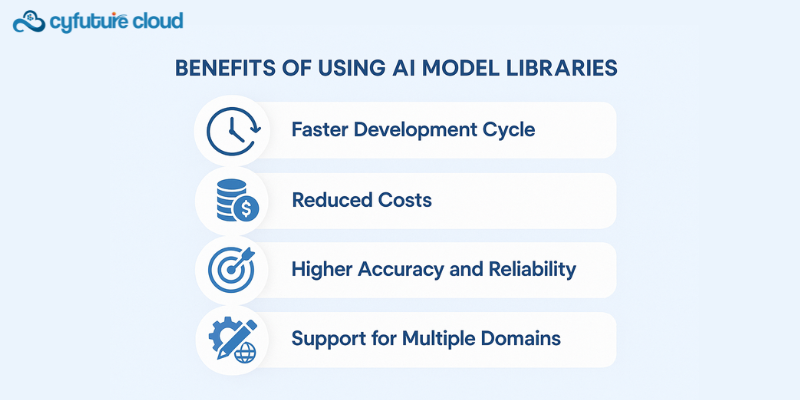
Benefits of Using AI Model Libraries
Faster Development Cycle
Pre-trained models eliminate the need to start from scratch, drastically reducing the time required to build AI applications.
Reduced Costs
Training models requires significant computational power and data. AI model libraries minimize cloud infrastructure and development expenses.
Higher Accuracy and Reliability
These models are typically built and validated by leading research communities or enterprises, ensuring high-quality performance.
Customization & Scalability
Many libraries support transfer learning, allowing developers to adapt the models to their specific datasets and use cases.
Support for Multiple Domains
Whether you’re in healthcare, finance, retail, or logistics, there’s likely an AI model already available to meet your needs.
What is an AI Vector Database?
As AI applications become more complex, especially those dealing with unstructured data like images, videos, or textual content, storing and retrieving this data efficiently becomes a challenge. This is where an AI vector database steps in.
An AI vector database is a specialized database designed to store, index, and query vector embeddings—mathematical representations of unstructured data. These vectors are typically generated by AI models and allow for semantic search, similarity detection, and pattern recognition.
For example, when you use a facial recognition system, the AI converts a face into a vector. This vector is then compared to millions of others in a vector database to find the closest match.

Core Advantages of AI Vector Databases
High-Performance Similarity Search
AI vector databases allow for real-time nearest-neighbor search, enabling fast and accurate retrieval of similar data points.
Support for Unstructured Data
Unlike traditional relational databases, ai vector databases are optimized for handling text, images, audio, and video data.
Scalability
These databases can handle millions—or even billions—of vectors, making them ideal for enterprise-scale applications.
Integration with AI Pipelines
They work seamlessly with AI model libraries, allowing businesses to create an end-to-end AI architecture.
Personalization and Recommendations
Vector search enables systems to understand user intent and behavior at a granular level, making personalized experiences possible.
How AI Model Libraries and AI Vector Databases Work Together
The real magic happens when you combine the capabilities of AI model libraries with the structure and speed of AI vector database.
Step 1: Extract Embeddings Using AI Models
Pre-trained models from an AI model library (e.g., BERT, ResNet, CLIP, etc.) are used to extract vector embeddings from input data—such as converting a product image or a customer query into a numerical vector.
Step 2: Store and Index Vectors
These embeddings are stored in an AI vector database, indexed using efficient algorithms like HNSW (Hierarchical Navigable Small World) or IVF (Inverted File Index) for rapid similarity search.
Step 3: Perform Semantic Queries
When a user uploads an image, asks a question, or submits a document, the system converts the query into a vector, searches the database, and returns the most semantically similar results.
This approach is the backbone of modern applications like:
- AI-powered search engines
- Intelligent chatbots
- Personalized recommendation systems
- Image similarity detection
- Voice-based authentication systems
Business Use Cases Across Industries
1. E-commerce
- AI Model Library: Used to classify and tag products, generate descriptions, and recommend related items.
- AI Vector Database: Helps customers find visually similar products through image uploads or recommend products based on past behaviors.
2. Healthcare
- AI Model Library: Diagnoses from X-rays or MRIs using pre-trained medical imaging models.
- AI Vector Database: Stores medical embeddings to compare new scans with past cases for faster diagnostics.
3. Finance
- AI Model Library: Detects anomalies and flags fraudulent transactions.
- AI Vector Database: Stores transaction embeddings for similarity analysis and fraud pattern matching.
4. Customer Support
- AI Model Library: Powers NLP-driven chatbots and ticket classification.
- AI Vector Database: Enables semantic search across knowledgebases to provide accurate responses.
Why Choose Cyfuture Cloud for AI Infrastructure?
At Cyfuture Cloud, we understand the complexities and requirements of modern AI development. That’s why we provide robust, scalable, and secure infrastructure optimized for AI workloads—whether you’re working with pre-trained model libraries or running large-scale vector searches.
Here’s how Cyfuture Cloud stands out:
✅ GPU-Optimized Cloud Environments
Our infrastructure supports GPU-accelerated compute instances ideal for AI model training and inference.
✅ Pre-integrated AI Tools
Cyfuture Cloud offers native support for popular frameworks like TensorFlow, PyTorch, Hugging Face Transformers, and more.
✅ AI Vector Database Hosting
We provide scalable hosting for top AI vector databases like Pinecone, Weaviate, Milvus, and FAISS, ensuring low-latency, high-availability performance.
✅ End-to-End AI Support
From data ingestion to model deployment and vector indexing, we help businesses build complete AI pipelines in the cloud.
✅ Enterprise-Grade Security
Our platforms are compliant with major industry standards (ISO, GDPR, HIPAA) to ensure your data remains secure and private.
Getting Started with AI on Cyfuture Cloud
To get started, here’s a simple roadmap:
- Identify Your Use Case
Define your objective—search, classification, prediction, recommendation, etc. - Select an AI Model
Browse our supported AI model libraries or upload your own model. - Process Your Data
Use the selected model to generate vector embeddings for your data. - Choose a Vector Database
Deploy your preferred vector database and store embeddings. - Build Intelligent Applications
Use our APIs or SDKs to integrate AI capabilities into your applications.
Future Trends: AI Models and Vectors at the Core of Web3 and Metaverse
Looking ahead, AI model libraries and vector databases are expected to play a foundational role in emerging technologies like Web3, the Metaverse, and Augmented Reality (AR).
- In Web3, decentralized applications (dApps) will use vector databases for content discovery and recommendation.
- In the Metaverse, real-time image and audio processing will depend heavily on model libraries and vector-based indexing.
- AR applications will use vectors to anchor digital content to real-world locations based on semantic similarity.
By embracing these technologies today, your business can stay ahead of the innovation curve.
Final Thoughts
AI is no longer a futuristic buzzword—it’s a practical, accessible, and transformative force for businesses of all sizes. By leveraging AI model libraries and AI vector database, companies can tap into powerful capabilities without needing to reinvent the wheel.
Whether you’re enhancing customer experiences, streamlining operations, or launching intelligent products, Cyfuture Cloud provides the tools and infrastructure you need to bring your AI vision to life
Recent Post
Send this to a friend

 Server
Colocation
Server
Colocation CDN
Network
CDN
Network Linux
Cloud Hosting
Linux
Cloud Hosting Kubernetes
Kubernetes Pricing
Calculator
Pricing
Calculator
 Power
Power
 Utilities
Utilities VMware
Private Cloud
VMware
Private Cloud VMware
on AWS
VMware
on AWS VMware
on Azure
VMware
on Azure Service
Level Agreement
Service
Level Agreement 


